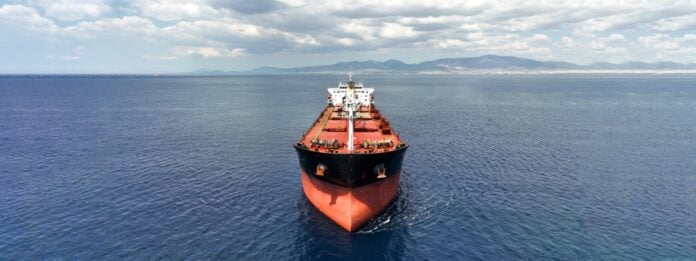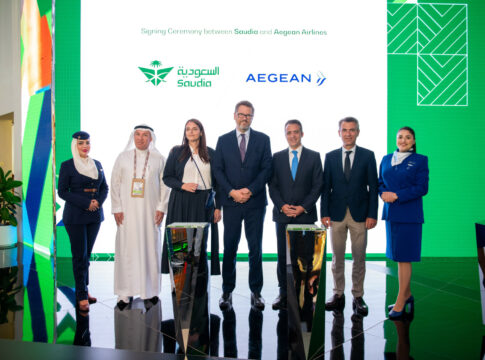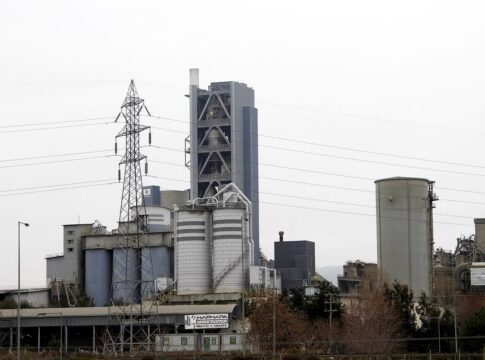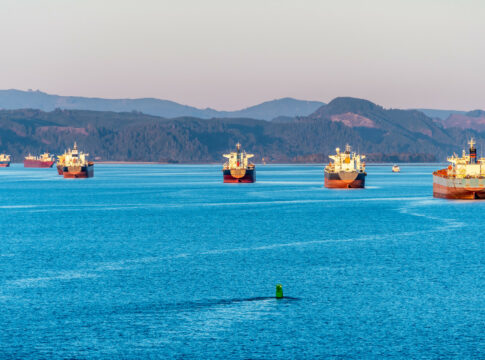After a mοderate 2023, the market of bulk carriers and especially the large ships of the sector, the capesizes, is gaining momentum again. It is worth noting that this type of ship has recently gathered the investment interest of Greek shipowners.
Companies such as Costamare, Danaos, Thenamaris, Neda have made significant purchases of quality capes from the end of 2023 until now.
At the same time, there are ongoing shipbuilding programs in various types of bulkers, such as – among many others – the programs of Star Bulk and Safe Bulkers.
In an industry that has for many years maintained an orderbook consistently lower than 6% of active capacity.
According to Clarksons, the reason is the fact that the largest ocean shipping industry is showing keen interest.
It is characteristic that second-hand prices are 50% higher than the average of the decade.
The “green” race
The bulk carrier industry was a latecomer to the “race” of shipping’s green transition, mainly due to the characteristics of the industry.
However, the fourth quarter of 2023 saw a record order for alternative fuel-capable bulk carrier capacity.
In the fourth quarter of 2023, a total of 23 vessels with a capacity of 4.3 million dwt were ordered. Of these, the 16 ships with methanol capability, the 5 with LNG, as well as the first 2 orders for ships with ammonia capability.
Τhis accounted for 39% of bulker capacity ordered in the last quarter, also a record (2020-23: 9%), while a further 8% of capacity is ‘ready’ for alternative fuels.
Moreover, seven LNG bulkers with a capacity of 1.45 million dwt (six Newcastlemaxes and one Capesize) were delivered in January.
This actually represents the largest monthly addition of alternative fuel capable capacity (in dwt terms) to date and brings the total capacity of alternative fuel capable bulk carriers to 10 million dwt, or 1% of the fleet for the first time (January-23: 0.4%).















